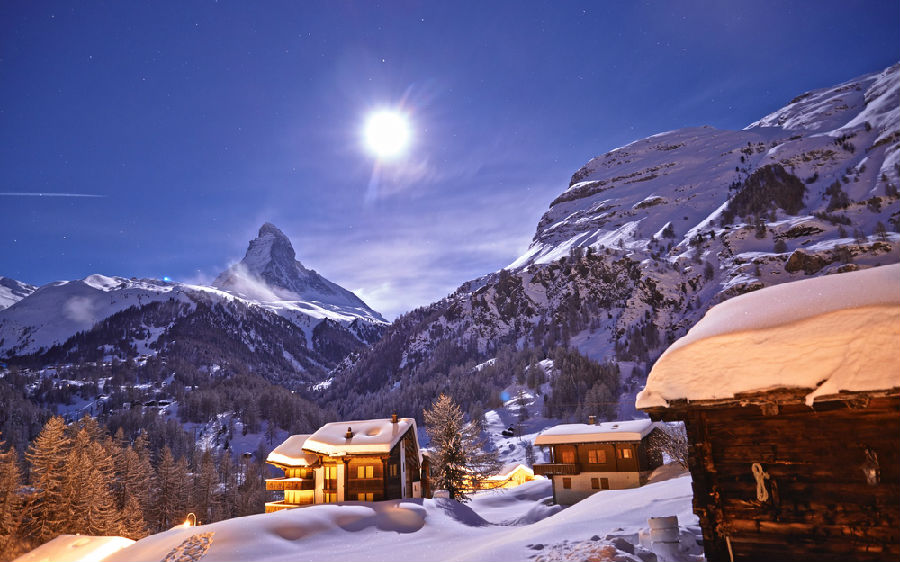However, for reasons unknown he calibrated the instrument in a way that put freezing at 32 degrees and boiling at 212 degrees. From the outset this numeric eccentricity bothered some people, and in 1742 Anders Celsius, a Swedish astronomer, came up with a competing scale. In proof of the proposition that inventors seldom get matters entirely right, Celsius made boiling point zero and freezing point 100 on his scale, but that was soon reversed.

The person most frequently identified as the father of modern meteorology was an English pharmacist named Luke Howard, who came to prominence at the beginning of the nineteenth century. Howard is chiefly remembered now for giving cloud types their names in 1803. Although he was an active and respected member of the Linnaean Society and employed Linnaean principles in his new scheme, Howard chose the rather more obscure Askesian Society as the forum to announce his new system of classification. (The Askesian Society, you may just recall from an earlier chapter, was the body whose members were unusually devoted to the pleasures of nitrous oxide, so we can only hope they treated Howard's presentation with the sober attention it deserved. It is a point on which Howard scholars are curiously silent.)












